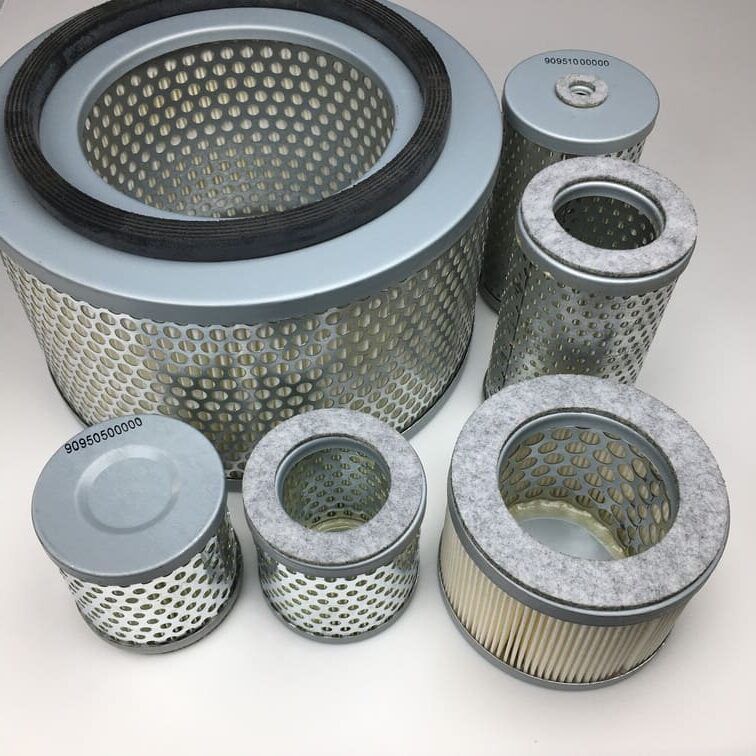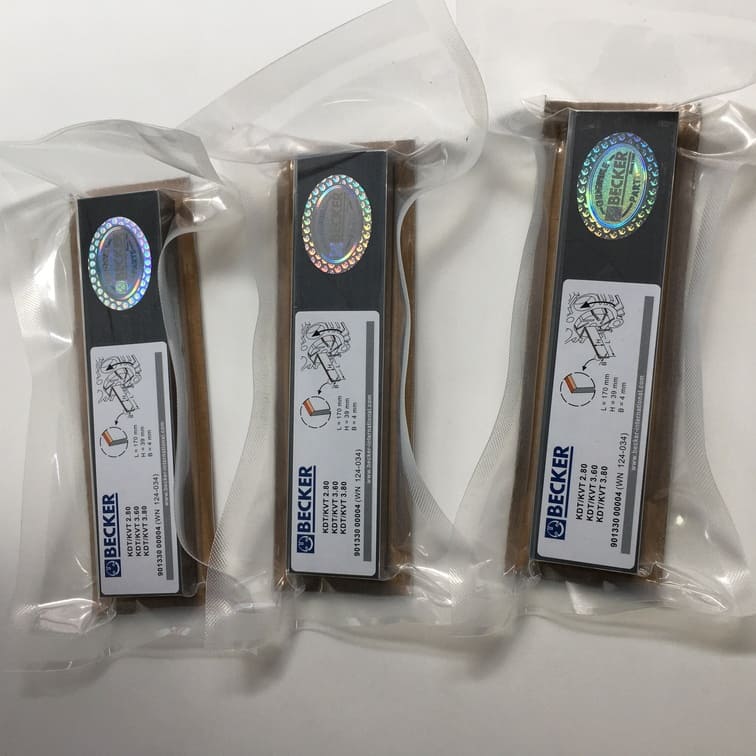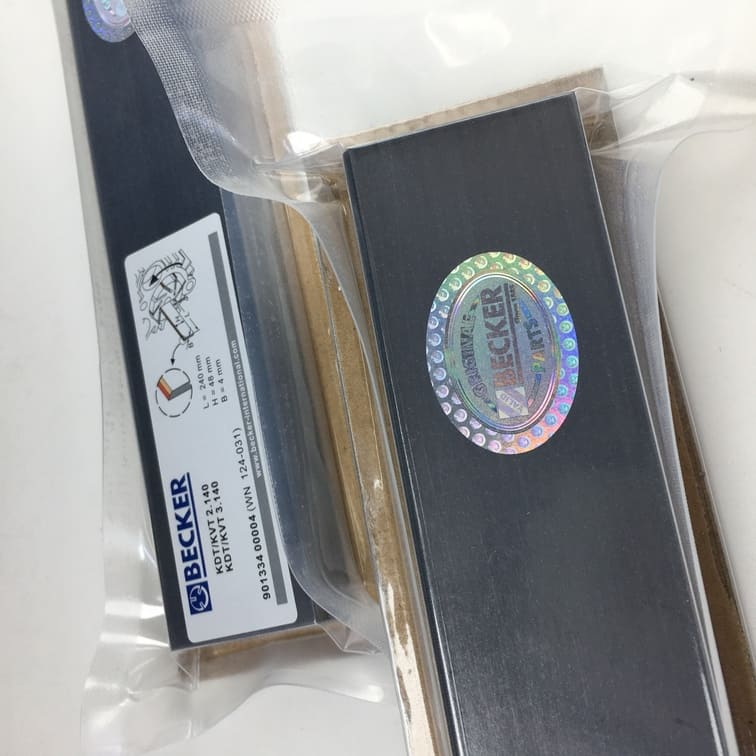What Does a Dry Vacuum Pump Do?
A dry vacuum pump is an essential piece of equipment used in a variety of industries, ranging from pharmaceuticals to electronics manufacturing. Its main function is to create a vacuum without the use of liquids or oil, which makes it distinctively cleaner compared to traditional vacuum pumps. This article will explore what does a dry vacuum pump do, including its types, benefits, applications, and how it works, with a focus on why it’s increasingly popular in modern industrial operations.
1. Introduction to Dry Vacuum Pumps
Dry vacuum pumps are specifically designed to create a vacuum by mechanically trapping and compressing gases without using oil or other sealing fluids inside the compression chamber. This attribute makes them highly efficient and suitable for industries where contamination from lubricants must be avoided.
The popularity of dry vacuum pumps has been growing rapidly in sectors like chemical processing, food packaging, and pharmaceuticals due to their ability to provide a clean, oil-free vacuum. The absence of oil not only ensures that the pumped gas is free from contaminants, but also makes maintenance easier and less costly.
2. How Do Dry Vacuum Pumps Work?
Dry vacuum pumps function by using various mechanisms to compress gases without the need for any lubrication or sealing liquids. The process generally includes:
- Gas Entry: Gas is pulled into the compression chamber through an inlet.
- Compression: The gas is compressed using a rotating mechanism, such as a screw or claw.
- Discharge: Once compressed, the gas is expelled through an outlet, maintaining a consistent flow.
The absence of oil means that the gas is not contaminated during this process, ensuring a cleaner result. The design of the pump can include dry screw, dry claw, or scroll mechanisms, each with specific advantages for different applications.
3. Types of Dry Vacuum Pumps
Dry vacuum pumps come in several types, and each has its own specific mechanism of operation. The main types include:
- Dry Screw Vacuum Pump: This type uses two screw rotors that rotate in opposite directions to compress gases. They are particularly effective in high-vacuum applications and are commonly used in chemical and pharmaceutical industries.
- Dry Claw Vacuum Pump: These pumps use two claw-shaped rotors that do not touch but rotate in synchronization to compress the gas. They are known for their efficiency, durability, and minimal maintenance.
- Scroll Vacuum Pump: Scroll pumps operate using a spiral-shaped rotor that compresses gas as it moves towards the center. They are ideal for applications requiring medium to high vacuum levels and are used in laboratories and medical applications.
Comparison of Dry Vacuum Pump Types
| Type | Mechanism | Common Applications | Advantages |
|---|---|---|---|
| Dry Screw | Opposing screw rotors | Chemical, Pharmaceuticals | High vacuum, low maintenance |
| Dry Claw | Rotating claw rotors | Food packaging, Printing | Efficient, durable, low wear |
| Scroll | Spiral rotor compression | Laboratory, Medical | Compact, quiet, oil-free operation |
4. Applications of Dry Vacuum Pumps
Dry vacuum pumps are utilized across a wide range of industries due to their versatility and cleanliness. Some key applications include:
Chemical and Pharmaceutical Industries
Dry vacuum pumps are invaluable in chemical and pharmaceutical production, where contamination-free environments are essential. For example, in chemical reactions that require the removal of by-product gases, dry screw pumps are particularly effective due to their ability to handle aggressive gases without contamination.
Food Packaging
The food packaging industry relies heavily on vacuum technology to preserve the freshness of products. Dry claw vacuum pumps are used to maintain vacuum conditions in packaging systems, which extends the shelf life of perishable items without any risk of oil contamination.
Semiconductor Manufacturing
In the production of semiconductors, ultra-clean conditions are paramount. Dry vacuum pumps, especially scroll pumps, are used in processes like etching and coating, ensuring the absence of oil contamination that could compromise product quality.
Automotive Industry
Dry vacuum pumps are used in brake systems and air conditioning maintenance. Their ability to handle vapors without contamination makes them an excellent choice for ensuring the reliability of automotive components.
5. Advantages of Dry Vacuum Pumps
Using a dry vacuum pump comes with numerous benefits that make them the preferred choice in many industries:
- No Oil Contamination: Since these pumps do not use oil for sealing or lubrication, there is no risk of contamination of the gas being pumped.
- Lower Maintenance Costs: The absence of oil means there is no need for regular oil changes, reducing the maintenance costs and labor involved.
- Environmentally Friendly: With no oil or liquid waste to dispose of, dry vacuum pumps are more environmentally friendly compared to traditional pumps.
- Improved Efficiency: These pumps are typically more energy-efficient, especially in continuous operation, as they have fewer moving parts and friction-related losses.
A Quick Comparison: Dry vs. Oil-Sealed Pumps
| Feature | Dry Vacuum Pump | Oil-Sealed Vacuum Pump |
|---|---|---|
| Contamination Risk | Low (Oil-Free) | High (Oil Present) |
| Maintenance | Low | High (Frequent Oil Changes) |
| Environment Impact | Low (No Waste Oil) | High (Waste Oil Disposal) |
| Typical Applications | Clean/Medical/Chemical | General Industrial Use |
6. How to Choose the Right Dry Vacuum Pump
Choosing the correct dry vacuum pump for your specific application depends on a number of factors:
- Required Vacuum Level: Determine the level of vacuum needed for your application. For high vacuum requirements, a dry screw pump may be suitable, while for lower vacuums, a claw or scroll pump may suffice.
- Type of Gas: Consider whether the gas being pumped is corrosive, toxic, or sensitive to contamination.
- Flow Rate: The amount of gas that needs to be pumped is a key factor in selecting the right type of pump. Ensure the pump’s flow rate matches your system’s requirements.
- Maintenance Preferences: If minimal maintenance is a priority, consider a claw vacuum pump due to its robust and low-wear operation.
7. Maintenance Tips for Dry Vacuum Pumps
To get the most out of a dry vacuum pump, routine maintenance is important, even though they generally require less attention compared to oil-sealed pumps.
- Regular Inspections: Periodically check the pump for any signs of wear or mechanical damage.
- Filter Cleaning: Make sure that the intake filter is clean to prevent dust and debris from entering the pump and causing damage.
- Check Seal Integrity: Ensure that all seals are intact to maintain the efficiency of the vacuum.
Maintenance of these pumps is relatively simple because there are no oil changes, but the few components they have still need attention to prolong their lifespan and ensure operational efficiency.
8. Environmental Impact of Dry Vacuum Pumps
Dry vacuum pumps have a positive impact on the environment due to the absence of oil. Here’s why they are more environmentally friendly compared to other pumps:
- No Waste Oil: Traditional vacuum pumps use oil that needs to be changed and disposed of regularly, which can contribute to environmental pollution if not handled correctly.
- Lower Emissions: Dry vacuum pumps tend to have lower emissions of hydrocarbons because they do not use lubricating oil.
- Reduced Energy Consumption: These pumps generally consume less energy, which indirectly reduces their environmental footprint.
9. Key Considerations When Using Dry Vacuum Pumps
While dry vacuum pumps offer numerous benefits, there are some important considerations to keep in mind:
- Initial Cost: The initial cost of a dry vacuum pump can be higher than oil-sealed pumps due to the sophisticated mechanisms involved.
- Noise Levels: Some dry pumps, particularly dry screw pumps, may generate more noise than oil-sealed versions. Noise reduction accessories might be necessary depending on the application.
- Sensitivity to Solids: Dry pumps can be more sensitive to particulates compared to liquid-sealed pumps. It is important to ensure that the gas being pumped is filtered to avoid damage.
10. Safety Tips for Operating Dry Vacuum Pumps
- Avoid Moisture: Dry vacuum pumps are designed to handle gases, not liquids. Ensure no moisture enters the system to prevent damage to internal components.
- Proper Ventilation: Ensure the pump is used in a well-ventilated area, especially when pumping potentially hazardous gases.
- Follow Manufacturer Guidelines: Always adhere to the manufacturer’s guidelines for operation, particularly for temperature and pressure limits.
11. FAQs About Dry Vacuum Pumps
1. What industries use dry vacuum pumps the most?
Dry vacuum pumps are commonly used in the pharmaceutical, chemical, food packaging, and electronics manufacturing industries due to their contamination-free pumping capabilities.
2. How does a dry screw vacuum pump differ from a dry claw vacuum pump?
A dry screw vacuum pump uses two rotating screws to compress gas, whereas a dry claw pump uses claw-shaped rotors. Screw pumps generally achieve a higher vacuum level, while claw pumps are noted for their efficiency and durability.
3. Why choose a dry vacuum pump over an oil-sealed one?
Dry vacuum pumps are chosen for applications where oil contamination must be avoided, such as in food processing or medical applications. They also require less maintenance and are more environmentally friendly.
4. Are dry vacuum pumps difficult to maintain?
No, dry vacuum pumps are generally easy to maintain as they do not require frequent oil changes. However, periodic checks on filters, seals, and other components are recommended.
5. Can a dry vacuum pump handle all gases?
Dry vacuum pumps can handle most gases but may struggle with certain particulates or high moisture levels. Always check the pump’s specifications against the type of gas in your application.
6. How long do dry vacuum pumps last?
With proper maintenance, dry vacuum pumps can last for several years, making them a reliable choice for industrial applications.
12. Conclusion
Dry vacuum pumps offer a versatile and environmentally friendly solution for creating vacuums in a variety of industrial settings. By eliminating the use of oil, they ensure a cleaner, contamination-free environment that is crucial for sensitive applications like pharmaceuticals, food packaging, and semiconductor manufacturing. While the initial investment may be higher, the lower maintenance costs and improved efficiency often justify the expense, making dry vacuum pumps a worthwhile addition to any operation requiring a reliable and clean vacuum.
For more detailed information about vacuum pump spare parts like carbon vanes or filters, you can explore our collection at Vacuum Pump Spare Parts. Our extensive catalog can help keep your equipment in peak condition for years to come.




